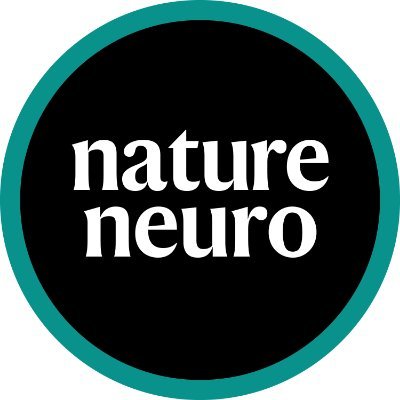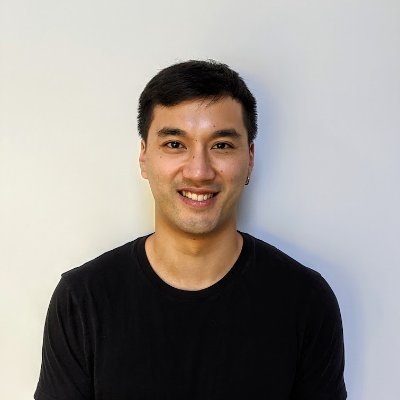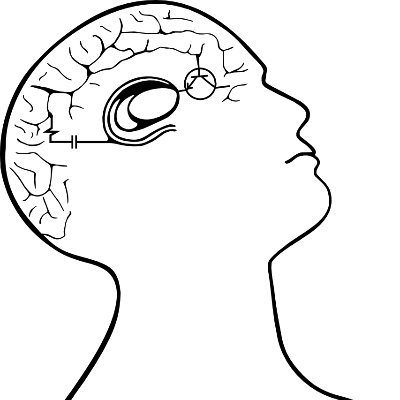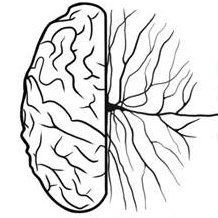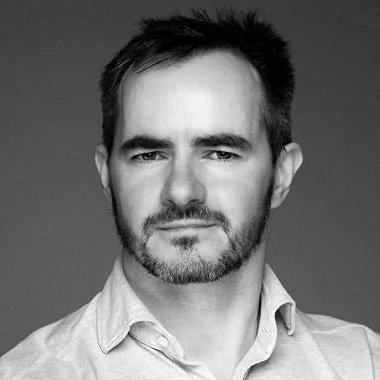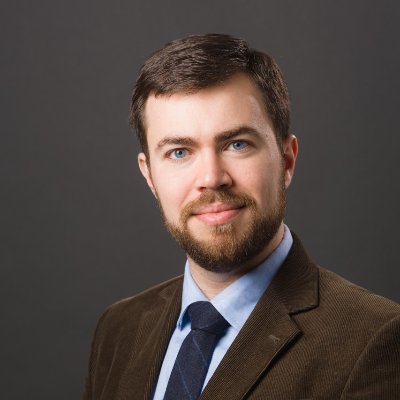
John Murray
@johndmurray
Followers
2K
Following
4K
Media
131
Statuses
1K
Computational Neuroscientist at Dartmouth
Joined April 2009
Latest publication from the lab! Showing impact of spatiotemporal autocorrelation with multiple fMRI datasets. Great collaboration led by Max Shinn, w/ (among others) @edbullmore @AnticevicLab @daeyeol_lee @constable_todd @DScheinost @sophie_achard_g @KatrinPreller @sNeuroble
Individual variation in fMRI-derived brain networks is reproduced in a model using only the smoothness (autocorrelation) of the fMRI timeseries New from @johndmurray and colleagues https://t.co/2vkmRP8Uh7
2
23
96
What complexity of algorithms can AI solve? In a new paper, we explore how circuit complexity theory can help quantify the degree of algorithmic generalization in AI systems. https://t.co/leddXuJx7I...
@NatMachIntell
@IBMResearch
@InverseProblems
@p_ram_p
@murraycampbell
2
2
12
At #SfN24? I'll be presenting work w/ @johndmurray on Sat. 1pm at poster N34 on contingency representations in PFC unifying goal-directed planning and WM. And, I'll be recruiting for my new lab ( https://t.co/uWemYYJGan) starting Jan '25 at @UMiamiPsych - feel free to reach out!
jam-lab.org
In our research, we study how the architecture of the brain supports the remarkable array of flexible cognition and memory behavior in humans. To do this, we use the tools of functional and anatomi...
1
15
42
Two new tenure-track jobs at #Dartmouth in Cognitive Science and Social Neuroscience!! And hopefully a 3rd senior TT position this year. Please help spread the word. Here's the posting for the Cog Sci position: https://t.co/hO9ilavSt3
2
118
138
jobs @ Brown: Assistant or Associate Professor in Cognitive and Psychological Sciences
1
15
24
We're hiring! @DartmouthPBS is searching for a new full-time tenure-track Assistant Professor studying social interaction. We're open to a wide variety of methods and perspectives. Review of applications starts Oct 15. Details here:
0
71
86
The #Dartmouth Brain Imaging Center and Cluster on the #Neural Code are expanding! We have openings for permanent, high-level research staff positions: - DBIC Staff #fMRI #physicist - Neural Code Cluster Research Scientist/Research Asst Prof Please RT, and find me at OHBM!
5
47
66
Excited to announce I'll be joining the University of Miami Psychology Dept. @UMiamiPsych as an asst. professor in Jan '25! My lab will study working memory, cognition, and PFC functional architecture using precision neuroimaging. Stay tuned for recruiting news and more!
34
18
258
🎉 Exciting news! 📢 🧠🔍Our study of thalamic connectivity patterns is now available in @elife: The spatial extent of anatomical connections within the thalamus varies across the cortical hierarchy in humans and macaques
0
10
25
There's much more in the paper! The biorxiv preprint has been around for a while (and pretty well cited!) but it's great to see this work finally out in publication form. Paper led by Markus Helmer, collaboration with @AnticevicLab and @SNSotiropoulos labs.
0
0
1
Theoretical predictions are born out in brain-behavior CCA/PLS analyses applied to HCP and UKBiobank neuroimaging datasets.
1
0
0
We developed a generative model of multivariate data to study how two popular methods of discovering brain-behavior association --- CCA and PLS --- are impacted by dataset properties (dimensionality, number of subjects, true strength of underlying association).
1
0
1
Latest publication from the lab! "On the stability of canonical correlation analysis and partial least squares with application to brain-behavior associations"
Multivariate associations discovered by CCA/PLS can be unstable and inaccurate with relatively small but typical sample sizes, inspiring the development of a sample size calculator for stable associations.@johndmurray, @SNSotiropoulos, @SWarringtonMRI
https://t.co/fXq9tCiyox
2
21
56
And there's more in the paper! Work done by first author Rachel Cooper (physics grad student at Yale). We'd be eager to hear any feedback. https://t.co/WW1u6tfqMH
biorxiv.org
Functional magnetic resonance imaging (fMRI) of the human cortex reveals patterns of correlated neural dynamics that are individual-specific and associated with phenotypic variation. However, circuit...
0
1
1
We propose that a useful guide to model extension/parameterization can be whether the expanded expressivity allows the model to capture modes of population variation (PCs), which can be quantified via subspace alignment
1
0
0
PCA across FCs reveals the top 3 dominant modes of population variation are neurobiologically interpretable: - PC1 ~ global signal - PC2 ~ hierarchy - PC3 ~ networks
1
0
0
Hierarchical heterogeneity substantially improves fitting at the individual subject level, relative to a homogeneous model with uniform local recurrent strengths across cortical areas
1
0
0
Although relatively parsimonious (only 5 or 6 free parameters), the model can fit salient aspects of individual FC
1
0
0
This builds upon our prior study (Demirtas et al, 2018, Neuron) for a circuit model of large-scale cortical dynamics that incorporates a sensory-association hierarchical gradient of local recurrent strengths. Here we fit to individual-subject FC in the HCP dataset.
1
0
1
Latest preprint from the lab! "Personalized circuit modeling captures variation in cortical functional connectivity" https://t.co/WW1u6tfqMH We apply whole-brain modeling at the individual-subject level & relate model expressivity to population modes of individual variation.
biorxiv.org
Functional magnetic resonance imaging (fMRI) of the human cortex reveals patterns of correlated neural dynamics that are individual-specific and associated with phenotypic variation. However, circuit...
1
18
52
How can #LLMs make a difference in #neuroscience and #biomedicine ? Language has more human information per bit than potentially any other form of data. https://t.co/SawHesdJFY Great collabo with @sivareddyg + @MindstateDesign. @Mila_Quebec @TheNeuro_MNI @mcgillu
3
73
203

